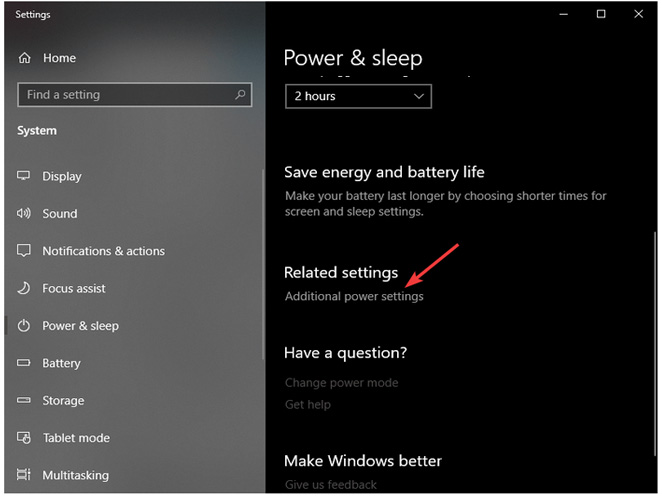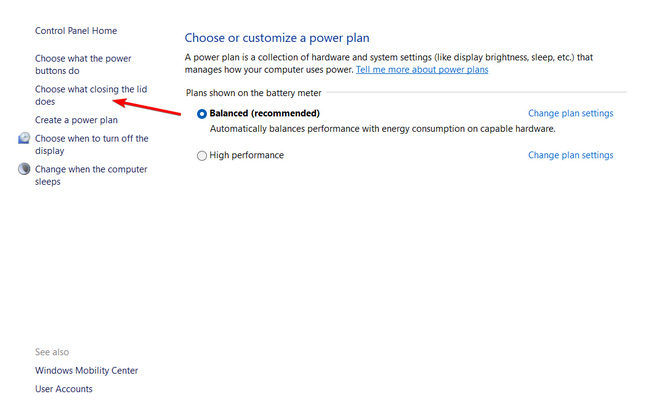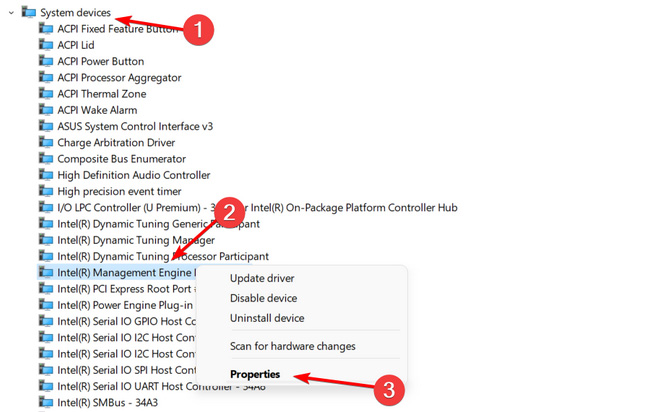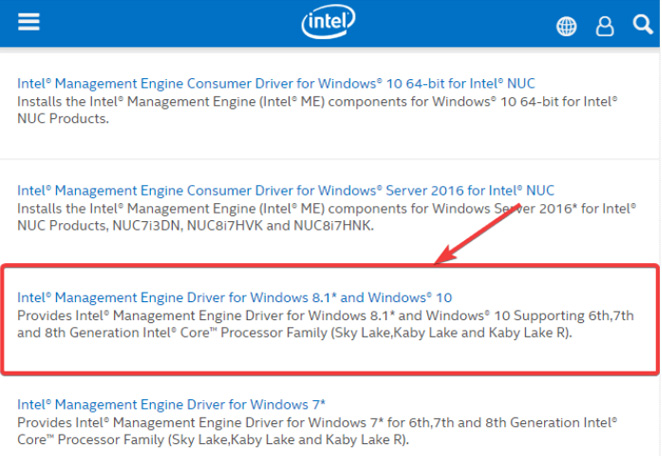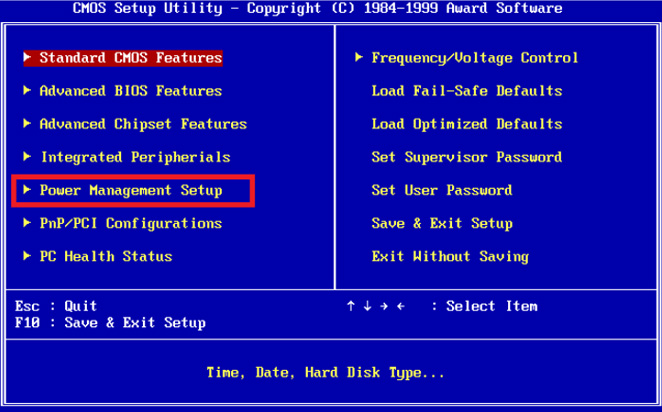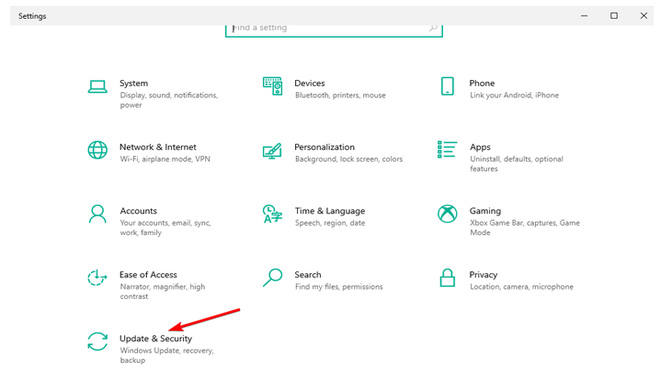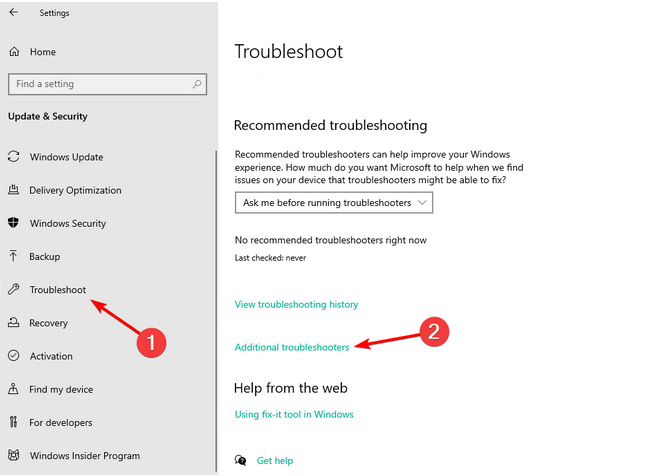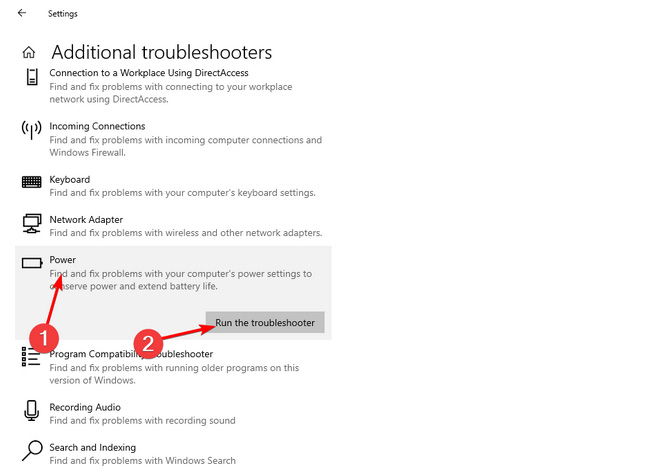In this page we will discuss on how to fix computer Windows shuts down instead of sleep;
- Instead of going to sleep, my laptop switches off. Unfortunately, you are not the only one who is facing this issue.
- The first step is to double-check your computer’s power settings.
- To resolve this problem, consider upgrading your Intel Management Engine Interface.
When I put my computer to sleep, why does it shut down?
The problem is most likely caused by a power setting, a deactivated BIOS parameter, or a bug in the Intel Management Engine Interface driver (IMEI). These three ideas are all equally feasible. However, before you do anything more, you must be confident that the power plan you are now using is not the primary cause of this behavior. The power button on your smartphone may be configured to turn off when you rapidly press it.
Users experienced similar difficulties, which you may also resolve using the techniques listed below. Some of the most frequent are as follows:
- Windows shuts down instead of sleeping – If the hard drive settings in the advanced power settings for the sleep mode are incorrect, it seems that your computer will switch off rather than enter the sleep mode.
- PC goes off instead of sleeping – A few customers were able to resolve the problem by increasing the time before the hard drive was turned down while using the Sleep settings.
- When I put my computer to sleep, it shuts off. A corrupted system file might be the source of this problem. I suggest that you do the System file checkup.
- Instead of going to sleep, my laptop shuts down. If your computer shuts down abruptly after coming out of hibernation, it’s conceivable that the settings for your power plan are to fault.
- In Windows 11, the computer shuts down instead of sleeping. A scan using the System File Checker (SFC) is performed to identify whether or not corrupted system files cause this problem.
- Windows 7 computer goes down when in sleep mode – Proceed with Windows 7 as we did in Windows 10 since the instructions should be similar.
- When I put my computer to sleep (Mac), it shuts off. Before you automatically put the computer to sleep, check if Energy Saver is switched on and all screen savers are turned off.
If you’ve ever wondered, “Why does my computer Windows Shuts down Instead of Sleep on Windows 10?” here is the page for you. First, look at what you can do to help and the related remedies above. Continue reading!
What should I do if my Windows Shuts down Instead of Sleep?
1. Examine your computer’s power settings
1. To enter the Run dialogue box, press the Windows + R keys together, then type ms-settings:powersleep and click Enter.
2. Select Additional power settings from the Power & Sleep window.
3. Select Choose what shutting the lid accomplishes from the Power Options menu.
4. Change the settings for the following options:
- When I click the power button to Sleep.
- When I press the sleep button.
- When I shut the lid.
5. Save changes by clicking the button.
6. Check to see whether adjusting these settings resolved the issue. If not, go to the next procedure.
2. Check your IMEI
1. Select Device Manager by pressing Windows + X.
2. Select System Devices from the Device Manager window. Select Properties from the context menu when right-click the Intel Management Engine Interface.
3. Choose Uninstall Device from the Driver tab.
4. Restart your computer.
5. Download the most recent IMEI driver.
6. To finish the setup, follow the on-screen directions.
7. You may be dealing with outdated drivers if your laptop shuts down instead of sleeping.
Here’s an easy way to update those drivers without manual effort. It saves you time looking for and determining which version to download and install.
DriverFix lets you schedule driver scans from a vast collection of driver files that may be downloaded. In addition, DriverFix will inform you when a specific driver needs to be updated or replaced. It helps in fixing Windows shuts down instead of sleep in Windows 10 and 11.
3. Check the BIOS to ensure that Power Saving mode is activated
1. Restart your computer and enter BIOS by pressing the proper key.
2. Navigate to the Power Management Configuration section.
3. Look for and activate the Power Saving Mode option.
4. BIOS should be saved and exited.
5. If the option was enabled, go to the next step.
4. Execute the Windows Power troubleshooter
1. Select the Update and Security area by pressing your keyboard’s Windows + I keys.
2. Select Troubleshoot from the left menu, then Additional Troubleshooters from the right.
3. Locate the Power troubleshooter, choose Run Troubleshooter and follow the on-screen instructions.
4. Check to see if this resolves your issue.
Also, if you want to keep your PC from sleeping or locking, read our guide for the best tools to prevent your PC from sleeping or locking and choose the right one for you.
Check read our article on Windows 10/11 shutting down instead of hibernating/sleeping for additional possible fixes.
We hope our solutions helped you solve Windows Shuts down Instead of Sleep. Please use the comments area below if you have any other recommendations or queries.
Final Words
Windows 10 enables users to customize Power settings, allowing them to choose if and when their computers should sleep. However, changing these settings requires Administrator access, which is not always available. If you want to prevent your computer from shutting down instead going to sleep mode, read this page. When you’re going to be away from your station for a short time, a sleep mode may help you save battery life.
If your Windows 10 Sleep Mode isn’t working correctly. Power settings, dormant BIOS options, and outdated/missing drivers are all possible reasons. If Windows Shuts down Instead of Sleep, check the BIOS to ensure that the Power Saving mode is active.

